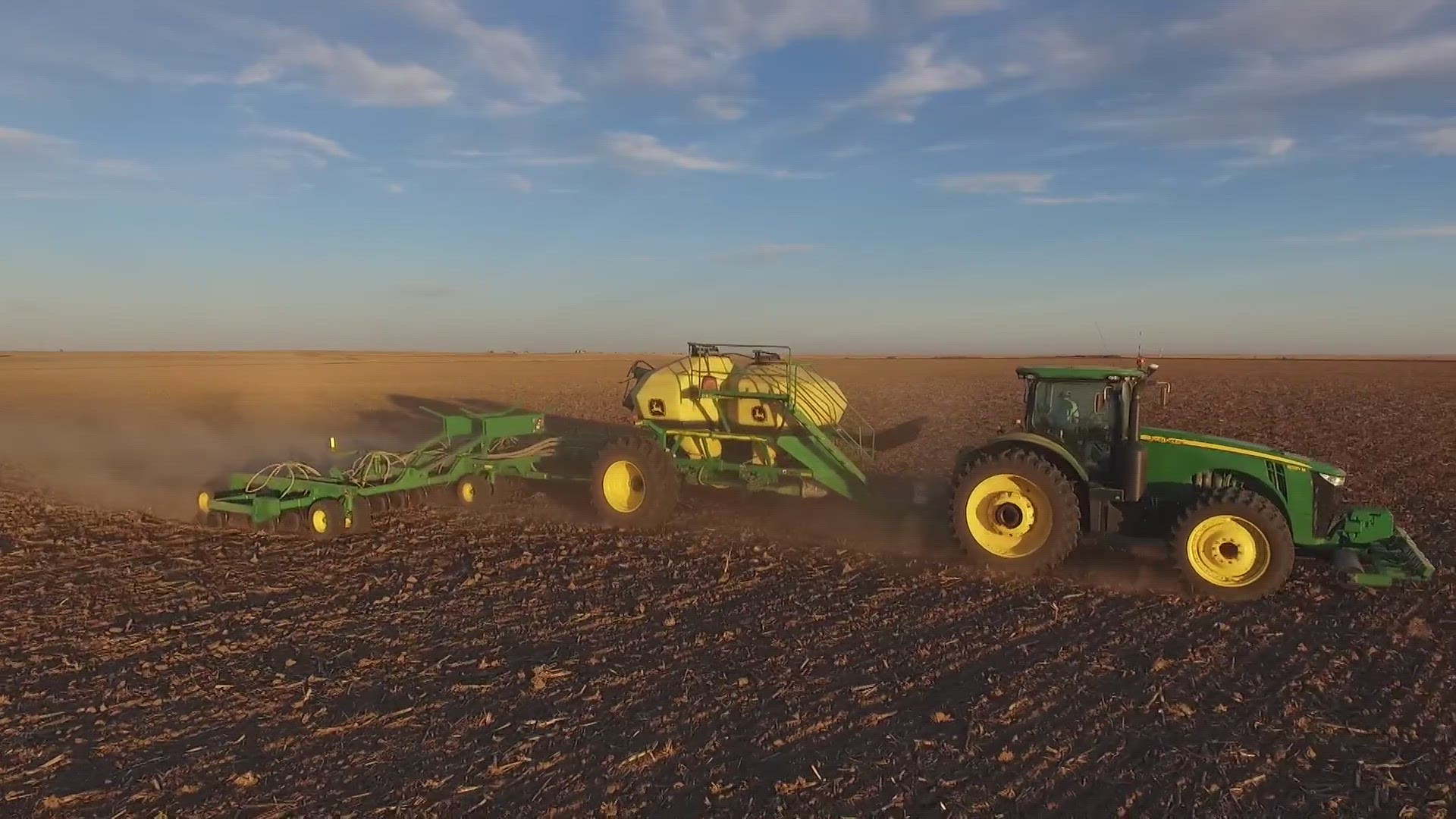FORT COLLINS, Colo. — Colorado State University (CSU) is partnering with the University of Minnesota to create a new National Artificial Intelligence Research Institute.
Researchers at the AI Institute for Climate-Land Interactions, Mitigation, Adaptation, Tradeoffs and Economy (AI-CLIMATE) aim to use artificial intelligence (AI) to create more climate-smart practices for the agriculture and forestry industries.
AI-CLIMATE is one of seven new AI institutes established this month by the National Science Foundation (NSF).
A $20 million grant from NSF and the USDA National Institute of Food and Agriculture will fund the institute for five years.
“We can change our land management to reduce greenhouse gas emissions pretty dramatically,” said CSU professor Keith Paustian.
He said one of the main goals will be to help stabilize the carbon cycle. Meaning less carbon in the atmosphere and more carbon on the earth.
Healthy trees and crops play a role, but he’s focused on the soil.
“There’s much more carbon in the form of organic matter, or some people call it humus," he said. "It’s the brown stuff. It’s the stuff you want in your garden.”
Paustian said there’s more carbon in the soil than all the earth’s vegetation and atmosphere combined. And that could be increased even more.
He said while measurements of CO2 released into the atmosphere from humans burning fossil fuels can be accurately calculated, the amount of CO2 that's getting absorbed back down into the earth system is harder to calculate.
Factors like deforestation, wildfires and changes in agricultural methods are too complex to track. And the variations in soil and vegetation across the planet are too great.
That’s where the computing power of artificial intelligence comes in.
“AI methods can help us manage that complexity and be able to utilize that big data more effectively,” said Paustian. "We'll be able to better predict the outcomes of many different types of land management and quickly see how just the slightest change to any variable changes the environment."
He said another goal behind improving agricultural practices would be to reduce the emission of gases like methane and nitrogen oxide.
"Those are kind of a product of microbial metabolism and land uses are the biggest sources of those other non-CO2 greenhouse gases," he said.
Paustian said better measurements will lead to a better understanding of how to balance carbon. But increasing carbon storage on earth won’t solve climate change alone.
“We need to transition off of the use of fossil fuels and take some of that carbon dioxide that we previously emitted back out of the atmosphere, so that we stabilize climate.”
SUGGESTED VIDEOS: Colorado Climate

